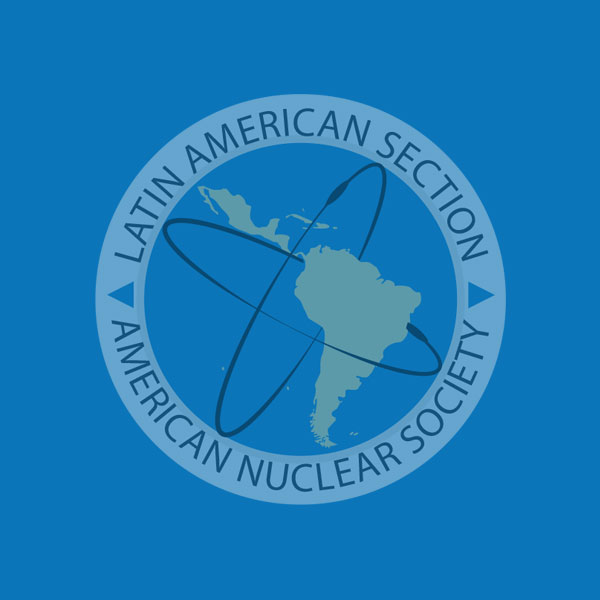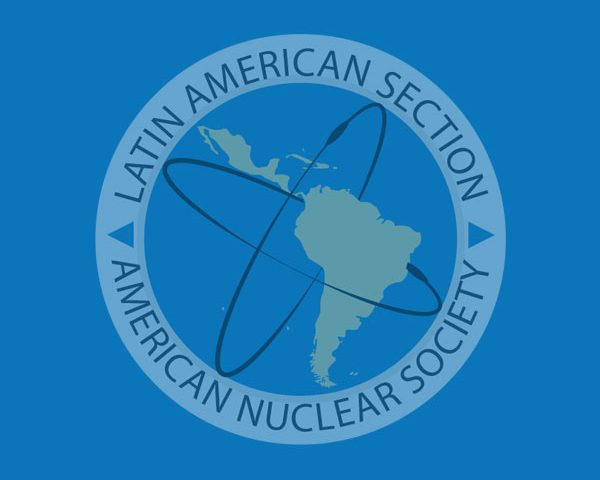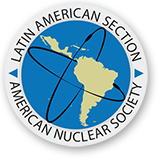400 BC
In Greece, Democritus proclaims all material things are made of tiny particles, which he calls atoms, the Greek word meaning "not divisible".
1789
The element uranium is discovered (Martin Klaproth).
1869
Dmitri Mendeleyeev develops the periodic law of elements, which later evolves into the Table of Elements.
1890
Radioactive thorium is first used in mantles for camping lanterns because of its bright, light-producing properties when burning.
1895
X-rays discovered (Wilhelm Roentgen).
1896
French scientist Henri Becquerel discovers some atoms give off energy in form of rays. Uranium gives off radiation.
1898
Radium discovered (Marie and Pierre Curie). Radioactivity is named (Marie Curie).
1899
Ernest Rutherford concludes that radiation can be divided into two types, alpha and beta rays.
1900
Pierre Curie observes another type of radiation -- the gamma ray.
1905
Theory of relativity (E=mc2). Mass can be changed into energy (Albert Einstein).
The first food irradiation patents are issued in the U.S. and Europe. This is a method for processing foods by treating them with radiation. It does not make the food radioactive.
1911
Ernest Rutherford discovers that most of an atom is empty space and identifies the atomic nucleus.
George de Hevesy is the first person credited with using radioisotope tracers. As a young researcher living in the cheap boarding house, he suspected that landlady was saving leftovers and serving them to the boarders the next day. He added a tracer to food he left and the next day used a radiation detector to prove he was right. She evicted him, but he later won a Nobel Prize in biology for use of radioscopes as tracers.
1913
Theory of atomic structure is developed, dividing the atom into two parts -- a nucleus and electrons that orbit the nucleus (Niels Bohr).
Hans Geiger invents the Geiger counter for measuring radioactivity.
1919
The NC-4, a Navy flyboat, crosses the Atlantic Ocean guided by radium-powered instrument lights.
1920
The proton is discovered and named (Ernest Rutherford).
1927
Herman Blumgart, a physician at Thorndike Laboratory, Boston City Hospital, first uses radioactive tracers to diagnose heart disease.
Early 1930's
Elements are bombarded with neutrons in an attempt to produce new isotopes or elements
1930's
Dental laboratories begin blending trace amounts of uranium oxide with porcelain materials to give crowns, bridges, and dentures the fluorescent color of natural teeth.
1932
The neutron is discovered (James Chadwick).
1934
When uranium-235 is bombarded with neutrons, it does NOT produce a heavier element as expected, but instead several lighter ones (Enrico Fermi).
1935
Irene Joliot-Curie (daughter of Marie and Pierre Curie) and her husband Frederic recieve the Nobel Prize for creating the first artificial radioactive isotope.
Nuclear medicine comes into existence when cyclotron-produced radioisotopes and nuclear radiations become available in the U.S.
1938
Otto Hahn and Fritz Strassman produce lighter elements by bombarding uranium with neutrons. Later that year this is reconized as the splitting of the atom by Lise Meitner and Otto Frisch. The term "fission" is first used for this event in early 1939.
1939
The principle of nuclear reactors is first recorded and sealed in an envelope where it remains secret during the war years (Irene and Frederic Joliot-Curie).
U.S. Advisory Committee on Uranium recommends a program to develop an atomic bomb. (This is later named the Manhattan Project).
1942
First self-sustaining nuclear chain reaction produced in the first reactor at the University of Chicago on December 2 (Enrico Fermi).



